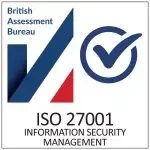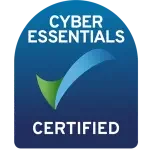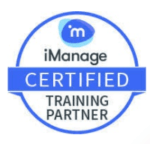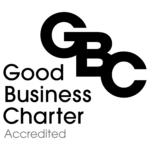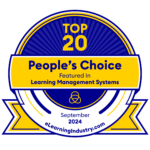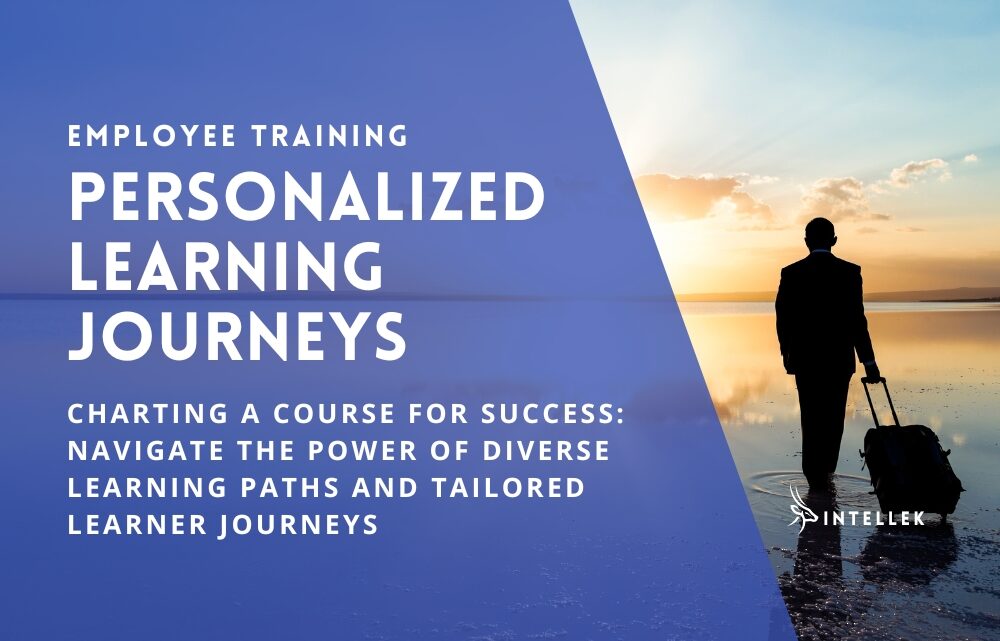
Forward-thinking organizations are increasingly turning to personalized learning paths in corporate training to develop their workforce efficiently and effectively. This article explores how leveraging these tailored strategies within your Learning Management System (LMS) can revolutionize your training efforts, leading to improved engagement, knowledge retention, and overall performance.
We’ll dive into the benefits of personalized learning in employee training, discuss practical ways to implement customized learning journeys in your LMS, and share tips for creating engaging, customized experiences that cater to individual learning styles and organizational needs. Whether you’re new to the concept or looking to enhance your existing programs, this guide will help you navigate the exciting terrain of personalized corporate learning journeys.
IN THIS ARTICLE...
Why Traditional Approaches Fall Short
Conventional corporate training often follows a linear, uniform approach. While this method can be efficient from an administrative standpoint, it fails to account for the diverse backgrounds, skill levels, and learning preferences of individual employees. As a result, learners may find themselves:
- Disengaged with content that’s too basic or advanced for their needs
- Struggling to apply generic examples to their specific roles
- Overwhelmed by information that isn’t immediately relevant to their work
These issues can lead to poor knowledge retention, decreased motivation, and ultimately, a lower return on investment for your training efforts.
The Benefits of Personalized Learning Paths
Implementing customized learning paths in corporate training offers numerous advantages:
- Increased Engagement: When learners see the direct relevance of training to their roles and career goals, they’re more likely to stay motivated and invested in the learning process.
- Improved Retention: By presenting information in a context that resonates with individual learners, personalized journeys enhance knowledge retention and application.
- Efficient Skill Development: Tailored paths allow learners to focus on the skills they need most, reducing time spent on irrelevant or already-mastered content.
- Adaptability to Learning Styles: Diverse learning paths can cater to different learning preferences, whether visual, auditory, or kinesthetic.
- Continuous Learning Culture: Personalized journeys encourage a mindset of ongoing development, as learners can see clear progression and opportunities for growth.
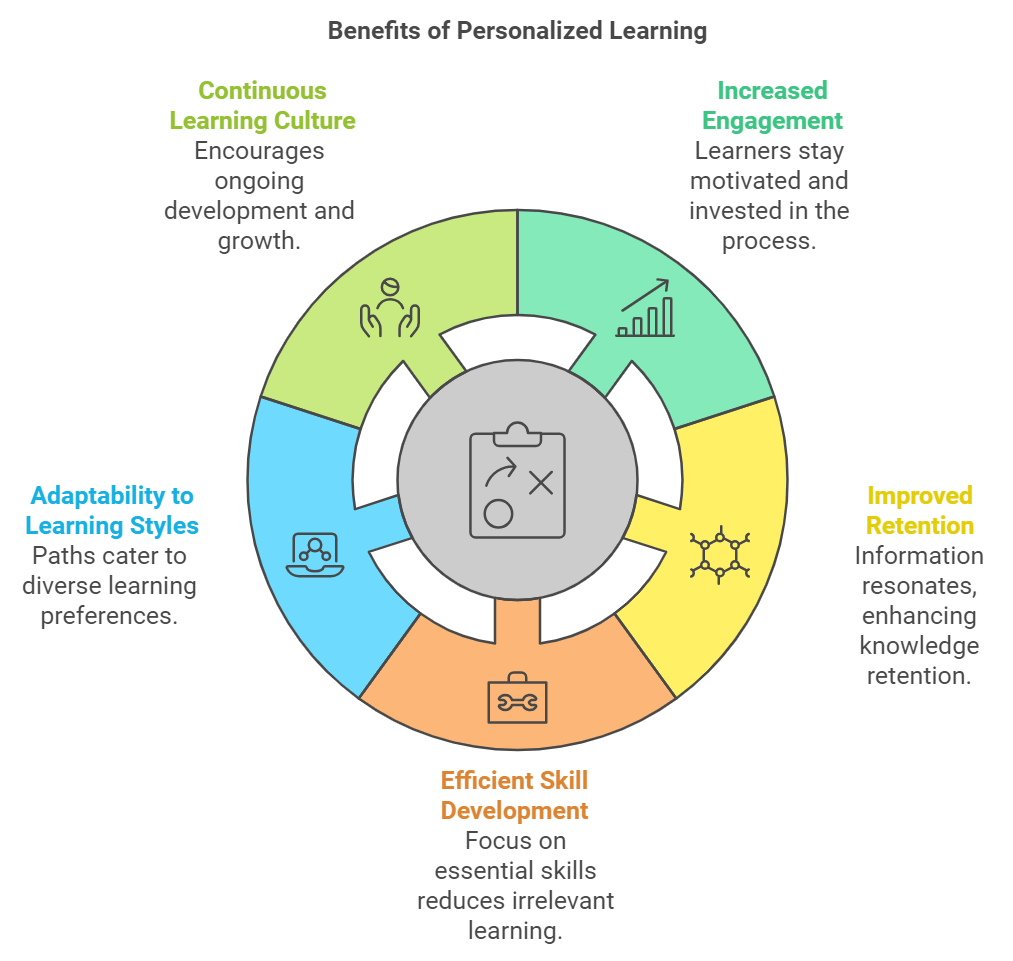

Leveraging LMS Features for Customization
Modern Learning Management Systems offer a range of tools to create and manage personalized skill development. Here are some key features to use in your corporate training:
Adaptive Learning Algorithms
Many advanced LMS platforms incorporate machine learning and AI-driven algorithms that can:
- Assess a learner’s current training progress
- Recommend appropriate content
- Consider training taken by similar people
To implement this effectively in your individualized learning experiences:
- Ensure your content is properly tagged and metadata is up-to-date
- Regularly review and refine algorithm settings based on learner feedback and performance data
Branching Scenarios
Branching scenarios allow learners to make decisions and experience different outcomes based on their choices. This feature can be particularly useful for:
- Soft skills training (e.g. customer service, leadership)
- Compliance training with location-based decision trees
- Technical training with multiple problem-solving approaches
Tips for creating effective branching scenarios in corporate training:
- Base scenarios on real-world situations relevant to your organization
- Provide meaningful feedback for each decision point
- Ensure multiple paths lead to valuable learning outcomes, not just “right” or “wrong” answers
Customizable Learning Plans
Empower learners and their managers to create personalized learning plans within the LMS. This can involve:
- Setting specific learning objectives tied to role requirements or career goals
- Selecting from a curated list of equivalent courses and resources
- Establishing timelines and milestones for completion
To make this feature successful in your personalized learning paths:
- Provide clear guidelines and templates for creating learning plans
- Offer a diverse catalog of courses and resources to choose from
- Incorporate regular check-ins and progress reviews
Microlearning Modules
Break down larger topics into bite-sized, focused learning modules. This approach allows for:
- Greater flexibility in constructing personalized learning paths
- Easier integration of learning into busy work schedules
- More precise targeting of specific skills or knowledge gaps
Best practices for microlearning in corporate training:
- Keep modules focused on a single learning objective
- Use a variety of media (video, infographics, quizzes) to maintain engagement
- Ensure each module can stand alone while also fitting into larger learning journeys
4 Steps to Create Tailored Training Programs
With the right LMS features in place, the next step is designing learning journeys that resonate with your employees. Here’s how to create compelling, tailored experiences in your corporate training:
1. Start with a Skills Assessment
Begin each learner’s journey with a comprehensive skills assessment. This will:
- Identify existing knowledge and competencies
- Highlight areas for improvement
- Provide a baseline for measuring progress
Implement this in your personalized learning journeys by:
- Developing role-specific assessment tools
- Using a mix of self-evaluation and objective testing
- Incorporating manager input for a 360-degree view
2. Map Content to Career Paths
Align learning journeys with clear career progression within your organization:
- Create learning tracks for different roles and departments
- Show how completing certain paths can lead to new opportunities
- Allow for exploration of adjacent skills and roles
To make this effective in your corporate training:
- Work closely with HR to understand career frameworks
- Regularly update content to reflect evolving job requirements
- Provide clear visualizations of learning paths and career progression
3. Provide Regular Feedback and Reflection Opportunities
Incorporate continuous feedback mechanisms into the learning journey:
- Use automated quizzes and assessments to provide immediate feedback
- Schedule regular check-ins with managers or mentors
- Encourage self-reflection through learning journals or portfolios
To maximize the impact of feedback in personalized education plans:
- Train managers on how to provide constructive feedback on learning progress
- Use data analytics to identify patterns and areas for improvement in the learning process
- Create a culture where feedback is seen as a valuable tool for growth, not criticism
4. Implement Equivalence in Learning Paths
Incorporate the concept of equivalence in your personalized learning journeys to provide learners with multiple ways to achieve the same learning outcomes:
- Offer diverse content types that cater to different learning preferences
- Allow learners to choose between various activities that lead to the same competency
- Provide flexibility in how learners demonstrate their mastery of a subject
Benefits of using equivalence in corporate training:
- Increases learner engagement by offering choices
- Accommodates different learning styles and preferences
- Allows for more efficient use of time based on individual strengths
Here’s how to effectively use equivalence in your personalized learning journeys:
a) Identify Core Competencies
- Clearly define the essential skills or knowledge that learners need to acquire
- Break down these competencies into specific, measurable learning objectives
b) Develop Multiple Learning Pathways
For each core competency, create a variety of learning activities or content types, such as:
- Video tutorials
- Interactive simulations
- Text-based resources
- Podcasts or audio lessons
- Hands-on projects
- Peer teaching opportunities
c) Establish Equivalence Criteria
- Determine how different activities or content types can be considered equivalent
- Ensure that all pathways lead to the same level of competency
- Create rubrics or assessment criteria that can be applied across different learning methods
d) Provide Clear Guidance
- Explain the concept of equivalence to learners
- Offer recommendations based on individual learning preferences or past performance
- Provide a clear overview of available options for each learning objective
e) Monitor and Adjust
- Track learner preferences and performance across different pathways
- Use data to refine and improve your equivalence offerings
- Regularly update and expand your range of equivalent options
Example of Equivalence in Action:
Let’s say the learning objective is “Understand and apply basic project management principles.” You could offer the following equivalent options:
- Traditional e-learning course with quizzes
- Series of short video lessons followed by a practical assignment
- Case study analysis with peer discussion
- Mentoring session with an experienced project manager followed by a reflection essay
Each of these paths would be designed to achieve the same learning outcome, but they cater to different learning styles and preferences.
By implementing equivalence in your personalized learning journeys, you’re not only accommodating diverse learning styles but also empowering learners to take control of their development. This self-paced learning tracks approach can lead to higher engagement, better knowledge retention, and more effective skill application in the workplace.
Measuring Success and Iterating
To ensure your personalized learning paths in corporate training are effective, it’s crucial to measure their impact and continuously improve. Consider the following metrics and methods:
Key Performance Indicators (KPIs) to Track
- Completion Rates: Monitor how many learners are finishing their personalized journeys.
- Time to Competency: Measure how quickly learners are achieving defined skill levels.
- Learner Satisfaction: Use surveys to gauge engagement and perceived value.
- Knowledge Retention: Conduct follow-up assessments to evaluate long-term retention.
- On-the-Job Application: Work with managers to assess improved performance in role-specific tasks.
- Career Progression: Track promotions or role changes tied to completed learning paths.
Continuous Improvement Strategies
- Regular Content Audits: Review and update learning materials to ensure relevance and accuracy.
- A/B Testing: Experiment with different path structures or content types to see what resonates best.
- Learner Feedback Loops: Establish channels for ongoing learner input on their experiences.
- Data Analysis: Use LMS analytics to identify trends, bottlenecks, or highly effective modules.
- Industry Benchmarking: Compare your program’s performance with industry standards and best practices.
Navigate Training with Personalized Learning Paths
As we’ve explored, personalized learning paths in corporate training offer a powerful approach to developing your workforce. By leveraging the capabilities of your LMS and Adaptive Learning Solutions to focus on individual learner needs, you can create a more engaged, skilled, and adaptable team.
Remember, the journey to fully personalized learning is a path of continuous improvement. Learner-centric development starts with small steps, measure your progress, and be prepared to adjust your approach based on learner feedback and performance data.
By embracing the power of personalization and bespoke learning strategies in your corporate training, you’re not just improving your programs – you’re investing in the long-term success of your employees and your organization. As you navigate this exciting terrain, keep your learners at the center of your strategy, and watch as your corporate training transforms into a dynamic, engaging, and highly effective driver of organizational success.
Intellek (formerly TutorPro) is a founding member of the learning technology industry. With a presence in the USA, UK, Canada, and the EU – for over 30 years we have pioneered the development of cutting-edge eLearning software and online training solutions, with a large and diverse portfolio of international clientele.
Disclaimer: We use all the tools available including generative AI to create relevant and engaging content.
